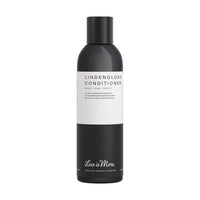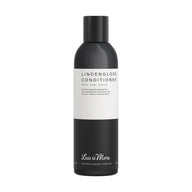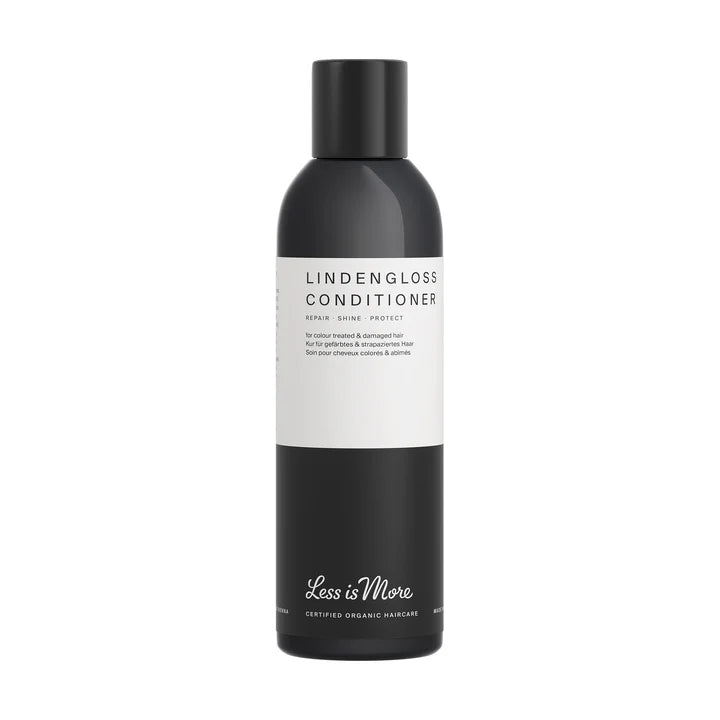

LINDENGLOSS CONDITIONER
Description
Bio-active conditioning complex seals hair cuticles to help lock in color and shine, ease combing, leaving hair wonderfully soft and supple.
KEY INGREDIENTS:
Wheat germ oil1 Virgin plant oil, cold pressed from the germ buds, with the highest vitamin E content, furthermore rich in phospholipids and carotinoids. THE hair-anti-aging oil – protects (against UV, heat, color fading), smoothes and deeply nourishes at the same time.
Cistus extract1 Medical plant with the highest polyphenol-content in Europe – exceeds red wine and green tea highly. Highly anti-oxidative, protects hair and fortifies the scalp.
(Soy) Lecithin1 Soy oil extract rich in phospholipids, naturally conditioning, nourishes with moisture-regenerating properties for wonderful shine and softness.
Aromatic benefit - 100% certified organic essences Linden Flower1, Petitgrain Key Lime1, Vanilla1, Atlas Cedar1. Mood brightening, balancing, destress. Scalp soothing.
1from organic agriculture
Research on Dr. Brandhuber's Biomimetic natural magic:
Lindengloss is built on an acidic pH, hydrolyzed plant proteins, and phospholipids/lecithin.
-
Acidic pH smooths the cuticle, reduces frizz, improves manageability
Conditioners formulated on the acidic side bring hair and scalp back toward their natural pH, helping the cuticle lie flatter, which reduces static/frizz and improves combing and shine. This mechanism is described across peer-reviewed hair-science reviews and texts. PMC+2PMC+2 -
Hydrolyzed proteins strengthen damaged hair and improve combability
Low-molecular hydrolyzed proteins can bind to the hair surface and enhance mechanical properties. Ex vivo work shows hydrolyzed wheat protein improves tensile strength, especially in bleached or thermally treated hair, and reviews on hydrolyzed keratin describe protection against UV damage and strength benefits. ualresearchonline.arts.ac.uk+1 -
Phospholipids/lecithin act as bona fide hair conditioning agents
Lecithin and related phosphoglycerides are recognized in cosmetic science as hair-conditioning, emulsifying, and antistatic agents. Texts on phospholipids in cosmetics also note improved combing quality and reduced electrostatic charge thanks to ultra-thin lipid layers that deposit on fibers. Safety assessments support their widespread use in hair products. SAGE Journals+2cir-safety.org+2
Conditioners that include lipid-rich oils can help replenish the hair’s lipid envelope, aiding slip and gloss, consistent with current reviews on the role of hair lipids in protecting fiber integrity.
It's nature performing at least as well as the synthetic version. Dr. Doris Brandhuber's signature style and talent.

Ingredients
How to use
Less is More


